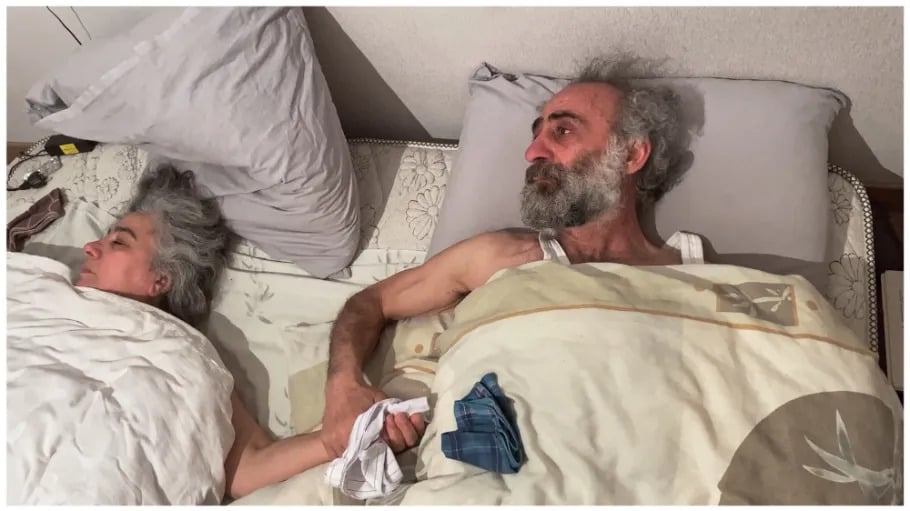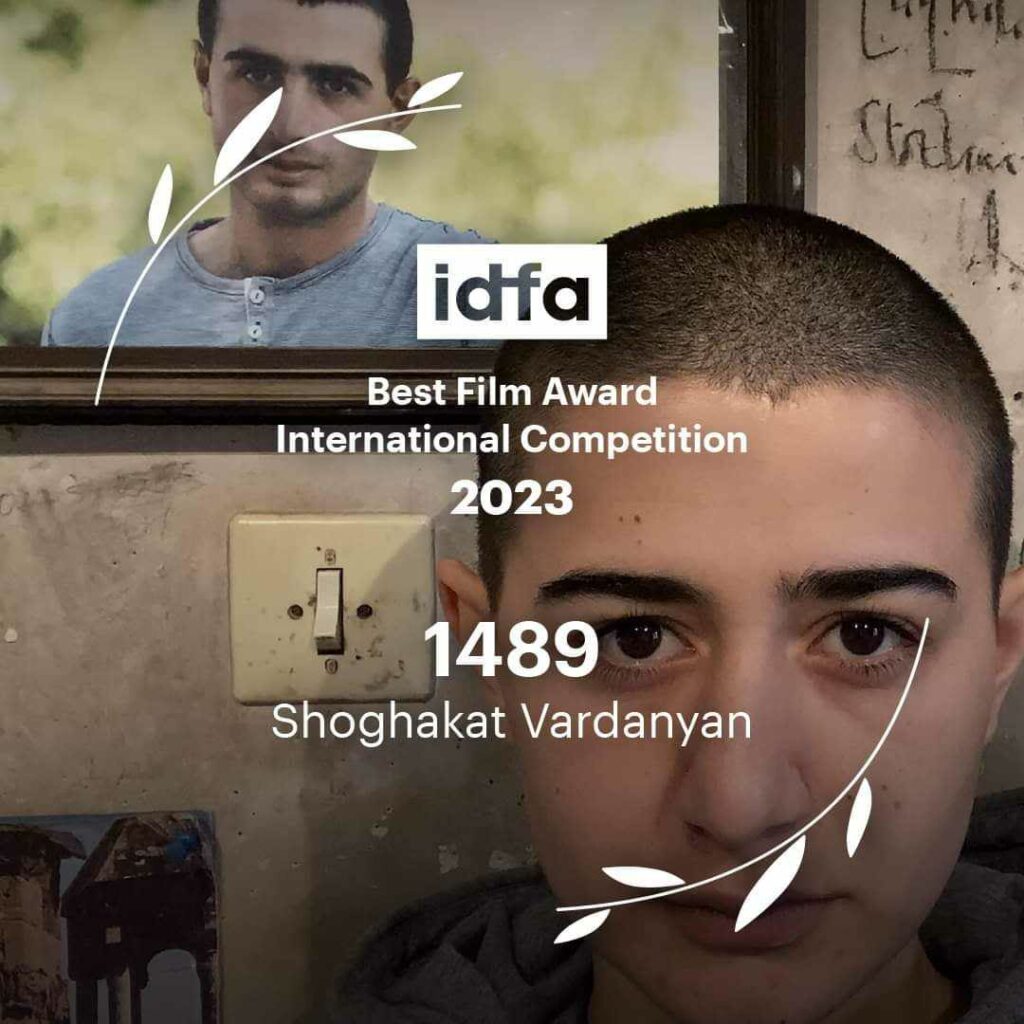
As a journalism student at the Hetk media factory, the young pianist Shoghakat Vardanyan couldn’t have foreseen that she would eventually create a documentary film that would achieve an unprecedented level of success in the history of Armenian cinema. The film turned out to be a phenomenon that surpassed all expectations. Through her exceptional editing skills, she masterfully communicated the depth of grief and the overwhelming sense of helplessness accompanying it. It is a work that has touched the hearts of many and has undoubtedly left an indelible impact on the audience.
Shoghakat’s brother, musician Soghomon, left for the 2020 Armenian-Azerbaijani war; he never returned home. For months, Shoghakat’s family searched for any information about him, desperately hoping that he was alive.
Shoghakat and her parents dedicated each day to combing through news reports, searching for mentions of the living and the dead. She visited morgues, underwent a series of DNA tests, stood steadfast by her parents, and grappled with the notion that life could exist on the brink of extremes (or, at the very least, convinced herself that such a reality was possible). Throughout all those challenging days, she documented their journey on film.
“I was filming because I couldn’t do anything else,” she explained.
She sheared off her beautiful, curly locks, immersing herself in a frozen state as she meticulously documented every episode with her family. The aftermath produced kilometers of raw material, paralleled by an unspoken realization that a breathless void would persist within her if she couldn’t narrate the story of herself and her family.
The idea for the film was conceived from the beginning, but it took three years to sketch and finalize the editing. In fact, Shoghakat’s material had the potential to be used in making several different films, each one being unique in its own way.
Fortunately for Armenian cinema, Shoghakat Vardanyan displayed a deliberate pace, recognizing that storytelling can alleviate pain, even if only to a modest extent. She understood that finishing is often more challenging than starting.
Remarkably, she captured her narratives solely with a phone, proving that the quality of the result does not depend on the equipment used but on the artistry behind the lens.
Shoghakat demonstrated a surprisingly mature and exact approach in her documentation, both technically and in terms of dramaturgy. She also captured those fragile moments of happiness in her family when a miracle seemed possible – like freeing a little lost sparrow; perhaps Solomon may come back one day. The parents, anticipating the disaster and endlessly watching the news, were drowning in great pain. However, amidst their suffering, they found brief moments of relief.
Just imagine how the family feels living in uncertainty for almost two years, their hope for a miracle fading day by day.
No miracle happened; once a person, Solomon became a number (the film was titled after the number of his relics found), Shoghakat began shaping her story into a film.
The young filmmaker received support from many people, including directors Davit Stepanyan and Russian documentarian Marina Razbezhkina; Shoghakat Vardanyan edited the film’s final version after attending her school. The film received numerous major awards immediately after its first festival appearance.
One of the most prestigious documentary festivals is IDFA, the Amsterdam International Documentary Film Festival. Its values are based on promoting humanitarian messages and advocating for human freedoms.
Shoghakat Vardanyan’s debut film “1489” won two awards at IDFA: Best Film and the FIPRESCI Critics Award.
See how the festival characterizes the films. These formulations are of no less artistic and political value than the film itself.
“A film that acts as a piercing light that makes visible the vast hidden interior landscape of grief and creates a tangible presence from unbearable absence. Cinema as a tool of survival – allows us all to look at the things we would rather not see. And ultimately, an unforgettable example of cinema as an act of love.”
The unbearable void transforms into love. And that is the best that art can do.
Shoghakat Vardanyan’s film resonates with overwhelming love, to the extent that it becomes almost intimidating. How she navigated and found that delicate balance between fear and love is a mystery known only to her.
We are grateful to her for not succumbing to haste but instead investing time in thorough searching, attentive listening, unwavering perseverance, and patient craftsmanship—culminating in the film’s international release as a mature manifestation of love.
Shoghakat proved to be remarkably resilient. During the precise and meticulous process of editing the film, she demonstrated exceptional wisdom, understanding what to avoid, where the boundaries lay, and when to let silence take over. She resisted the temptation to condense emotions, allowing them to flow naturally.

1489 movie poster at IDFA
The triumph at the festival holds immense significance in the realm of soft power. It transcends the impact of any front-page news or political statement.
This is the story of a survivor who went through difficult contemplation stages, selecting the right rhythm and shots and finally building an internal dialogue between “we” and “I.”
The intriguing connection is that Orva Nirabia, the artistic director of IDFA with Syrian roots, had already immersed himself in the Armenian cinematic landscape while serving on the jury for “Golden Apricot” last summer; these valuable contacts within the professional filmmaking community and various festivals resulted in a film that captured the attention of audiences worldwide, resonating as an intimate narrative about us.
Nune Hakhverdyan
The views expressed in the column are those of the author's and do not necessarily reflect the views of Media.am.


Add new comment
Comments by Media.am readers become public after moderation. We urge our readers not to leave anonymous comments. It’s always nice to know with whom one is speaking.
We do not publish comments that contain profanities, non-normative lexicon, personal attacks or threats. We do not publish comments that spread hate.